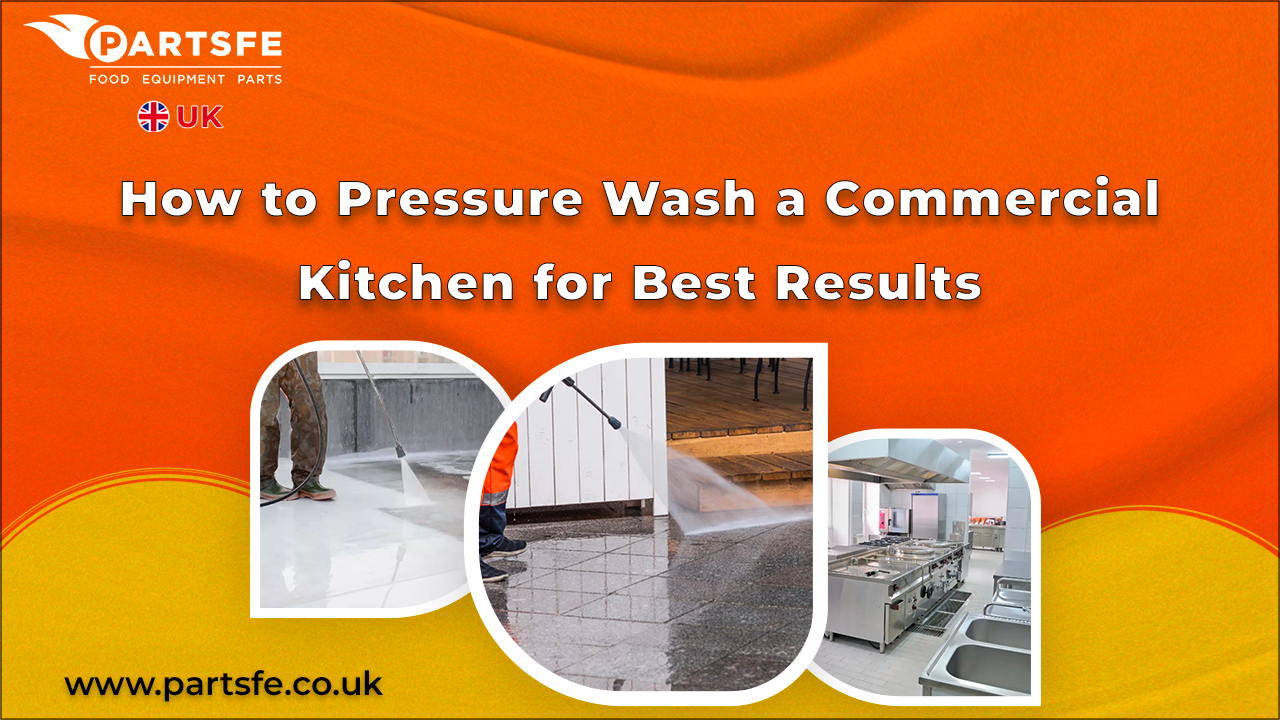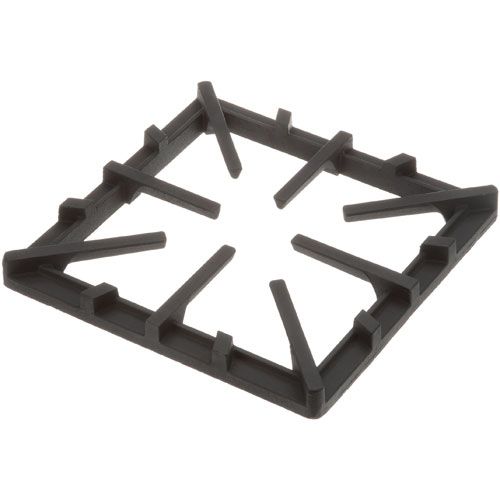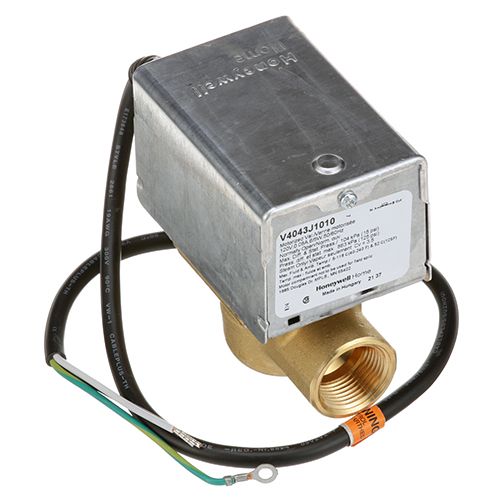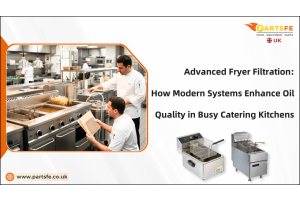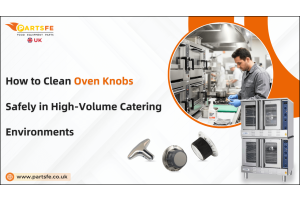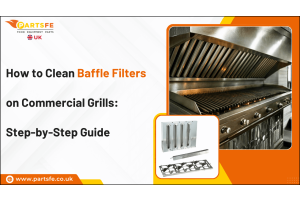How to Pressure Wash a Commercial Kitchen for Best Results
Maintaining a clean commercial kitchen is not just a recommendation; it's a critical aspect of ensuring food safety, complying with health regulations, and promoting operational efficiency. A commercial kitchen is always preparing and cooking food, which results in a significant amount of grease, grime, and food debris. Deep cleaning must be conducted regularly, and pressure washing is one of the most effective methods to achieve this. It also helps to reach areas that conventional methods may not fully sanitize. Furthermore, pressure washing reduces the risk of health code violations, extends the lifespan of kitchen equipment, and enhances the overall appearance of the kitchen. This guide will discuss the advantages of pressure washing, examine the areas of a commercial kitchen that need attention, and outline a step-by-step approach to achieving optimal results.
Understanding Pressure Washing in Commercial Kitchens
Pressure washing is a cleaning method that uses a high-pressure water spray to remove dirt, grease, grime, and other stubborn contaminants from surfaces. It is particularly effective in environments like commercial kitchens, where traditional cleaning methods may fall short. The pressure washing process involves using specialized equipment that can generate significant water pressure, allowing for the removal of even the toughest residues.
Chemical-assisted pressure washing
Chemical-assisted pressure washing is used to clean areas with substantial buildup of grease and other stubborn residues.
-
Stronger enzymatic cleaners: These break down protein- and fat-based stains.
-
Deodorizers: During the cleaning process, they eliminate unpleasant odors.
-
Better penetration: The pressure washing process is made more efficient by chemicals that lift dirt from surfaces.
Essential Cleaning Chemicals for Commercial Kitchens: A Complete Guid
Hot Water vs. Cold Water Pressure Washing
When it comes to pressure washing commercial kitchens, understanding the difference between hot and cold water pressure washing is crucial:
Cold water pressure washing:
-
Utilizes water at ambient temperatures.
-
Effective for general cleaning tasks and removing loose dirt.
-
Less effective on greasy residues compared to hot water.
Hot water pressure washing:
-
Uses heated water, often reaching temperatures up to 200°F.
-
Excellent for dissolving grease and food particles.
-
Ideal for cleaning heavily soiled kitchen equipment and surfaces.
Benefits of Pressure Washing
There are many benefits to regular pressure washing of your commercial kitchen:
-
Removal of grease and grime buildup: Cleaning regularly prevents the buildup of stubborn residues, which is important for hygiene.
-
Prevention of health code violations: Kitchens are kept compliant with local health regulations by routine cleaning or face penalties.
-
Extension of equipment lifespan: By avoiding corrosive buildup as a result of proper maintenance, also encompassing pressure washing, the life of kitchen equipment is prolonged.
-
Improved overall kitchen appearance: A clean kitchen makes for a more attractive environment for customers and a better work environment for staff.
Key Areas to Pressure Wash in a Commercial Kitchen
To effectively pressure wash, you need to target the areas where contamination is likely to occur. To have success in your electrician business, you can’t do everything at once and will need to break it down into manageable chunks. Here are a couple of crucial elements to concentrate on:
Kitchen floors
-
Accumulation of grease and food particles: Grease buildup is prevalent in high-traffic areas and creates slip hazards.
-
Recommended frequency: Pressure wash weekly to monthly, depending on kitchen activity.
-
Benefits: It decreases slip hazards and reduces bacterial growth, thereby ensuring employee safety.
Loading docks and dumpster areas
-
Exposure to spills and waste buildup: Accumulation of wastes can attract pests, which can be fatal to human health.
-
Recommended frequency: Clean monthly, or more frequently during warmer months.
-
Benefits: It helps to prevent pest infestation and also controls odors effectively.
Outdoor seating and sidewalks
-
Stains from food spills and weather elements: Stains on outdoor areas can ruin the overall aesthetics.
-
Recommended frequency: Appearances can be maintained through pressure washings monthly or seasonally.
-
Benefits: It helps in enhancing curb appeal and prevents the surface from degrading.
Exhaust hood exteriors and vents
-
Build-up of grease affecting ventilation: Airflow can be compromised, and fire risks can be created by greasy hoods.
-
Recommended frequency: Clean every 3 and 6 months for proper ventilation and fire hazard prevention.
-
Benefits: Efficient airflow is maintained, and there is a reduced risk of fire.
Commercial Kitchen Equipment Cleaning Schedule
Proper cleaning of commercial kitchen equipment is essential to ensure hygiene, maintain performance, and prevent potential hazards.
|
Equipment |
Importance |
Recommended Frequency |
|
|
|
|
Fryers |
|
|
|
Griddle & Grills |
|
|
|
|
|
|
Ovens |
|
|
Must-Have Catering Equipment for New Restaurants Startup
Step-by-Step Guide to Pressure Washing Your Commercial Kitchen
This is a step-by-step guide to achieving maximum effectiveness from pressure washing.
Preparation
-
Remove all movable equipment, utensils, etc., so that all surfaces are completely accessible.
-
Waterproof coverings should be placed over electrical outlets, control panels, and sensitive equipment to avoid damage.
-
Ensure that all personnel participating in the cleaning wear the appropriate PPE, like gloves, goggles, and non-slip footwear.
Picking Up the Right Equipment and Cleaners
-
In areas with heavy grease buildup, choose a hot water pressure washer. Lighter cleaning jobs may be done with cold water.
-
Use commercial-grade degreasers or detergents that are safe for use in the kitchen. Check to see that they are compatible with your pressure washing equipment.
The Pressure Washing Process
For heavily soiled areas, apply the degreaser and let it dwell for the recommended time on the product label. This helps the degreaser to penetrate and lift tough residues.
-
Exhaust Hoods and Vents: Begin here to wipe away built-up grease.
-
Walls and Surfaces: Using sweeping motions, move down to walls and surfaces.
-
Floors: Finish with the floors, moving towards the drains to prevent the movement of dirt.
Pay attention to corners, crevices, and areas that are subject to more contact from grime.
Post-cleaning procedures
-
All surfaces must be thoroughly rinsed to remove all cleaning agents and residues.
-
Any standing water should be removed with a squeegee or vacuum to prevent slip hazards.
-
Dry all surfaces completely before continuing kitchen operations for safety and to prevent bacteria from commencing growth.
Commercial kitchen safety and efficiency depend on regular pressure washing. If you can implement a routine pressure washing schedule in the critical areas, your kitchen will be a hygienic environment, health standards will thrive, workers will be safe, and the location will be a great display of your kitchen.
The time and money invested in properly pressure cleaning will ultimately pay off in terms of operational compliance, equipment longevity, and a clean workspace. PartsFe UK offers a wide selection of commercial catering equipment spare parts, including dishwasher parts, fryer parts, griddle and grill parts, ice machine parts, and oven parts from top brands.
FAQs
What safety precautions should I take before pressure washing a commercial kitchen?
Clear all areas, cover sensitive equipment, and always wear appropriate PPE, including gloves and goggles.
How often should I pressure wash my commercial kitchen?
Frequency depends on kitchen activity, but generally, it should be done at least monthly for high-traffic areas and every 3 to 6 months for exhaust systems
